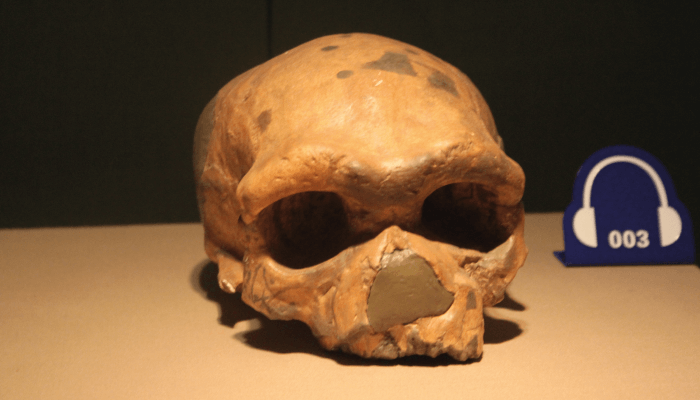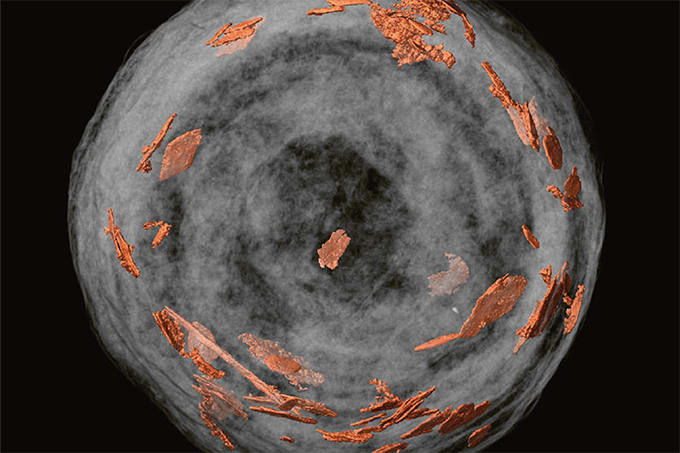A team of researchers from Hebei GEO University, China, have recently published findings that suggest a human fossil known as the Harbin cranium represents a new lineage in the Homo family tree – and potentially our closest relatives (1,2,3).

One of the best preserved human fossils, the Harbin cranium was discovered in the 1930s near the Songhua River in Northeastern China – but it has raised questions ever since. To confirm the provenance of the skull, the team analyzed the concentrations of rare earth elements and the strontium isotopic ratio via ICP-MS, followed by XRF fluorescence spectroscopy to determine the distributions of these elements. The results confirmed the fossil does indeed hail from the Harbin area, with direct uranium-series dating placing it in the late Middle Pleistocene era.
Based on further morphological evidence, the authors suggest the Harbin skull should be recognized as a new sister species in itself – the Homo longi or “Dragon Man.” Though still up for debate among scientists, such a classification would disrupt our current understanding of human evolution.
References
- Q Shao et al., The Innovation (2021). DOI: 10.1016/j.xinn.2021.100131
- Q ji et al., The Innovation (2021). DOI: 10.1016/j.xinn.2021.100132
- X Ni et al., The Innovation (2021). DOI: 10.1016/j.xinn.2021.100130




